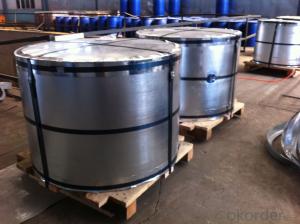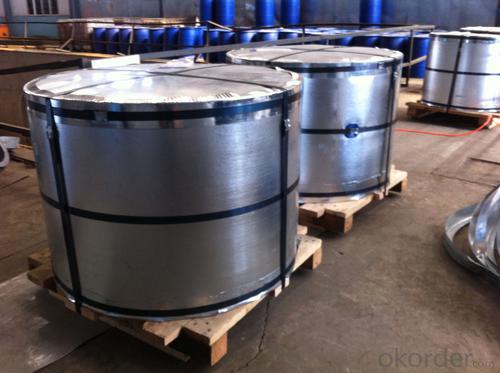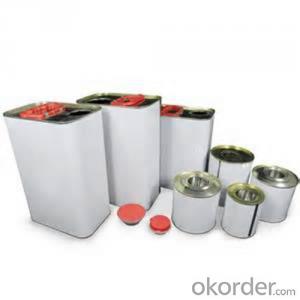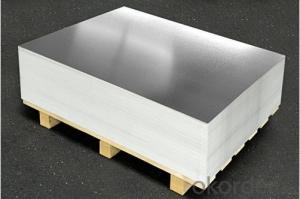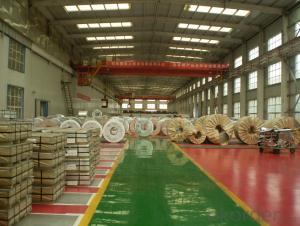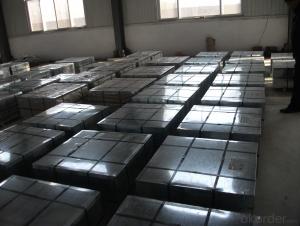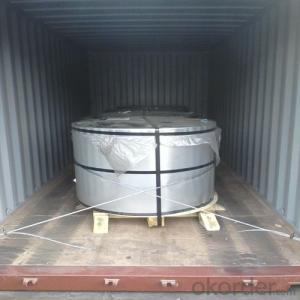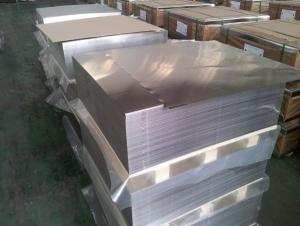ETP for Metal Package of Industrial Paint Useage
- Loading Port:
- Shanghai
- Payment Terms:
- TT OR LC
- Min Order Qty:
- 25 m.t.
- Supply Capability:
- 30000 m.t./month
OKorder Service Pledge
OKorder Financial Service
You Might Also Like
Specification
1.Structure of ETP for Metal Package of Industrial Paint Useage Description
Electrolytic Tinplate undoubtedly enjoys the pride of place as a packaging medium especially for food. It owes its unique position to its "nine layer sandwich structure", each of which contributes to its eminence as a packing material. The steel base of electrolytic tinplate provides the necessary strength and formability for can fabrication. The tin-iron alloy layer provides the bond between the steel and free tin layer. The free tin layer is not only responsible for the attractive bright finish and ease of solderability but is also non-toxic- a factor of vital importance in food packaging!
2.Main Features of the ETP for Metal Package of Industrial Paint Useage
Tinplate, thin steel sheet with a coating of tin applied either by dipping in molten metal or by electrolytic deposition; almost all tinplate is now produced by the latter process. Tinplate made by this process is essentially a sandwich in which the central core is strip steel. This core is cleaned in a pickling solution and then fed through tanks containing electrolyte, where tin is deposited on both sides. As the strip passes between high-frequency electric induction coils, it is heated so that the tin coating melts and flows to form a lustrous coat.
3.ETP for Metal Package of Industrial Paint Useage Images
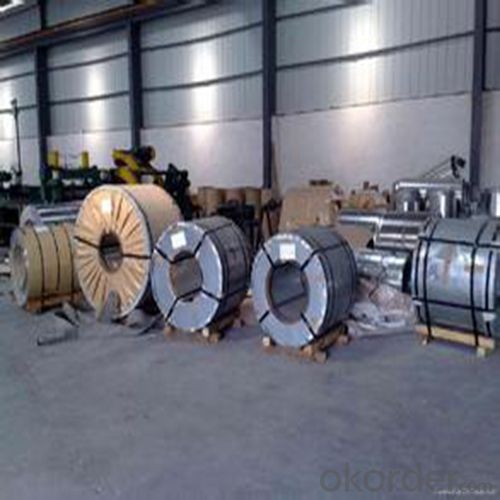
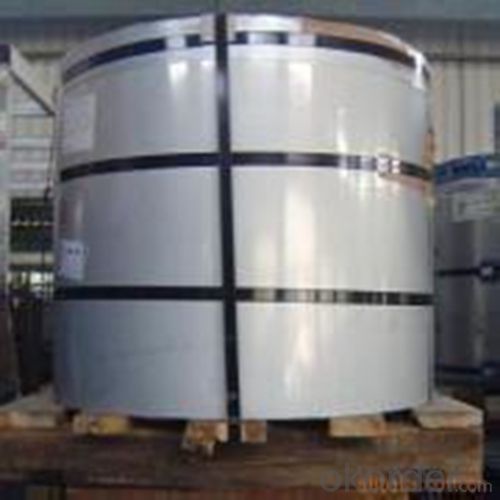
4.ETP for Metal Package of Industrial Paint Useage Specification
Specification of :
Standard: ISO 11949 -1995, GB/T2520-2000,JIS G3303,ASTM A623, BS EN 10202
Material: MR,SPCC
Thickness:0.15mm - 0.50mm
Width: 600mm -1150mm
Temper: T1-T5
Annealing: BA & CA
Coil Inner Diameter: 508mm
Weight: 6-10 tons/coil 1~1.7 tons/sheets bundle
Passivation:311
Oil: DOS
Surface: Finish,bright,stone,matte,silver
5.FAQ of ETP for Metal Package of Industrial Paint Useage
- What is tinning and how does it work?
Tinning is the process of thinly coating sheets of wrought iron or steel with tin, and the resulting product is known as tinplate. It is most often used to prevent rust.
- Do you only have prime quality tinplate?
We can supply both prime and second quality tinplate.
- Q: What are the key properties of tinplate?
- Tinplate is characterized by its corrosion resistance, strong formability, and excellent storage stability, making it an ideal material for packaging applications.
- Q: How does tinplate contribute to the resistance of marine equipment?
- Tinplate contributes to the resistance of marine equipment by providing a protective barrier against corrosion. The tin coating on the steel substrate acts as a sacrificial layer that prevents the underlying metal from coming into contact with moisture and saltwater, which are common in marine environments. This corrosion resistance property of tinplate helps to prolong the lifespan of marine equipment and ensures its durability even in harsh conditions.
- Q: How is tinplate coated with organic coatings?
- Tinplate is coated with organic coatings through a process known as coil coating. In this process, the tinplate is cleaned and pre-treated to ensure proper adhesion of the organic coating. The organic coating, usually a resin-based material, is then applied to the tinplate in a continuous and uniform manner. The coated tinplate is then cured, either through heat or UV radiation, to ensure the coating adheres firmly to the surface. This coating provides protection against corrosion and enhances the appearance of the tinplate.
- Q: What industries commonly use tinplate?
- The industries that commonly use tinplate include the food and beverage industry, packaging industry, automotive industry, and electronics industry.
- Q: How does tinplate affect the shelf life of products?
- Tinplate can significantly extend the shelf life of products due to its properties such as resistance to corrosion, airtightness, and light-blocking abilities. It forms a protective barrier that prevents contact with oxygen, moisture, and other external factors that can cause spoilage or degradation. This helps maintain the quality and freshness of the products, ultimately increasing their shelf life.
- Q: What are the advancements in tinplate technology?
- Advancements in tinplate technology include improvements in coating techniques, such as the development of eco-friendly and food-safe coatings, enhanced corrosion resistance, enhanced printability, and increased sustainability through the use of recycled materials. Furthermore, there have been innovations in tinplate fabrication, including the introduction of high-speed production lines, improved forming and welding processes, and the development of lightweight tinplate options.
- Q: How does tinplate affect the overall product shelf appeal?
- Tinplate can significantly enhance the overall product shelf appeal due to its attractive and glossy appearance. The metallic finish of tinplate gives products a premium and luxurious look, making them stand out among competitors on store shelves. Additionally, tinplate's durability and ability to maintain its shape and color over time improve the product's presentation, creating a positive impression on consumers.
- Q: How does tinplate packaging contribute to product visibility?
- Tinplate packaging enhances product visibility by providing a sleek and reflective surface that attracts attention and highlights the product's branding and design. The shiny nature of tinplate packaging helps products stand out on store shelves, making them more noticeable and appealing to customers.
- Q: Can tinplate be used for packaging of flammable liquids?
- No, tinplate is not suitable for packaging flammable liquids as it is not resistant to corrosion and may react with the liquid, potentially causing leaks or fire hazards.
- Q: Can tinplate be used for vacuum-sealed packaging?
- Yes, tinplate can be used for vacuum-sealed packaging. Tinplate is a durable material with excellent barrier properties, making it suitable for preserving the freshness and quality of products by creating a vacuum seal.
Send your message to us
ETP for Metal Package of Industrial Paint Useage
- Loading Port:
- Shanghai
- Payment Terms:
- TT OR LC
- Min Order Qty:
- 25 m.t.
- Supply Capability:
- 30000 m.t./month
OKorder Service Pledge
OKorder Financial Service
Similar products
Hot products
Hot Searches
Related keywords
